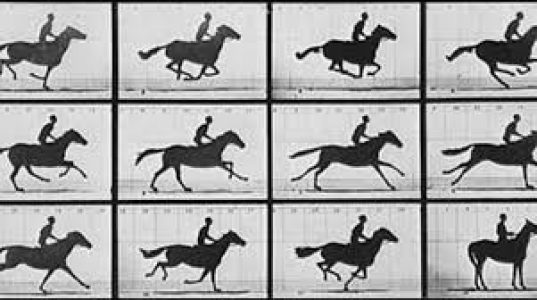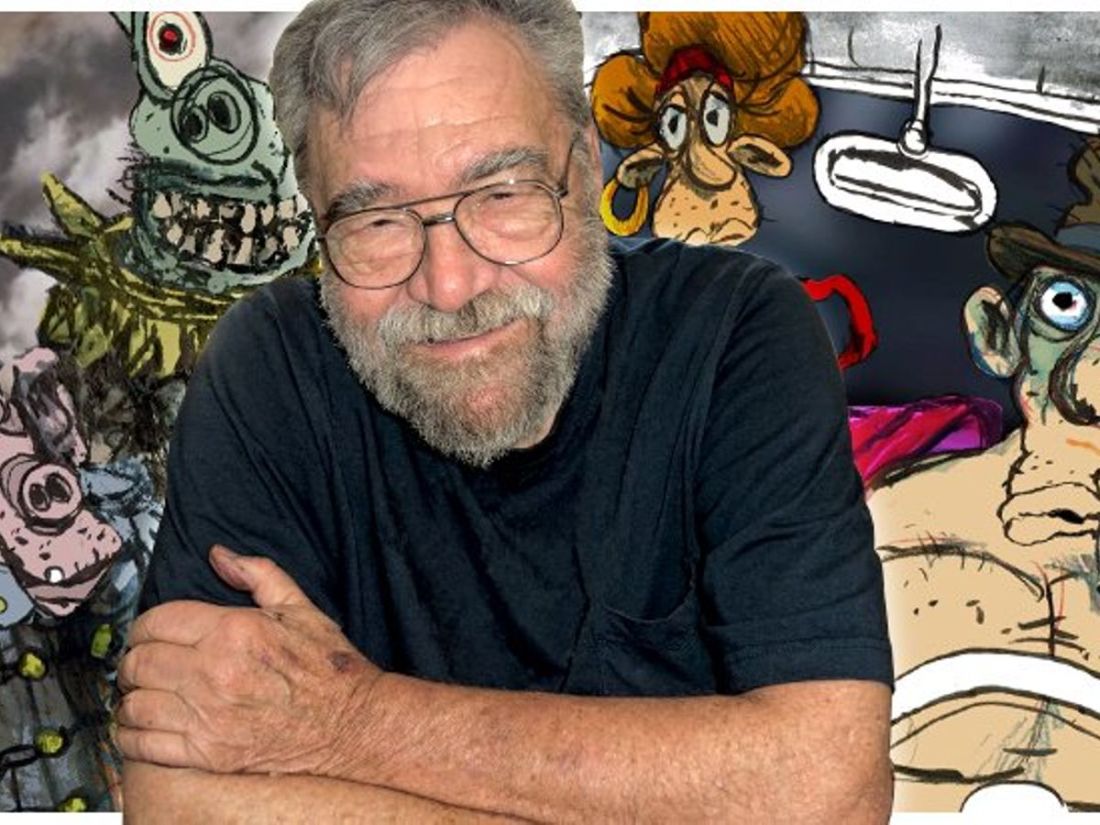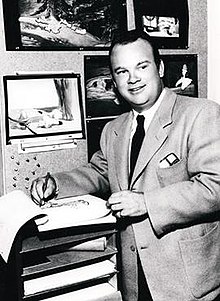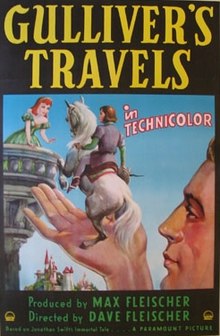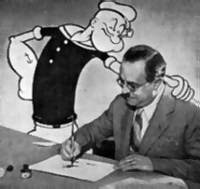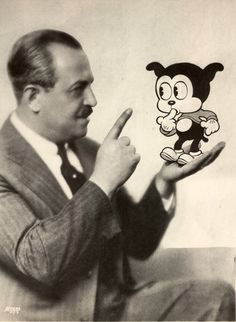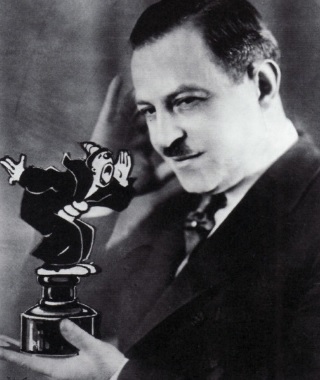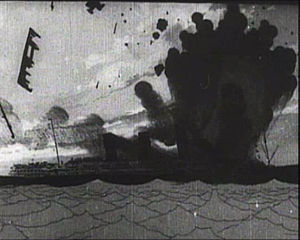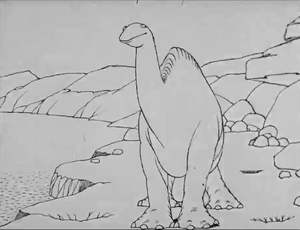Ralph Bakshi is one of the most controversial figures in the field of animation. He is simultaneously considered both the guy who saved animation during one of its lowest points (the 70s) but also as the guy who ruined it forever, spawning countless imitators of its “bad taste”, especially in the television format. Considered too … Continue reading Understanding Ralph Bakshi – Part 1: Fritz The Cat
The Humor of Tex Avery
Much has been said and written about Tex Avery over the years: from historical articles remembering him as “the creator of Bugs Bunny and Daffy Duck”, film historians and scholars championing him as “the King of Comedy” and, crucially, as “The Anti-Disney”, and often even as the best animation director of ALL time – barring … Continue reading The Humor of Tex Avery
Fleischer Retrospective – Part 4
By the time the 1940s began, the Fleischers had already lost most of their unique style, “forced” to chase after Disney and, generally speaking, the West Coast style of animation. The Popeye shorts, the closest thing to the old Fleischer style, was mostly taking influence from other comedy masters around the same period such as … Continue reading Fleischer Retrospective – Part 4
Fleischers’ “Gulliver’s Travels” (1939) Review
After the release of Snow White and the Seven Dwarfs (1937), the world of animation and cinema changed drastically. Walt Disney and his team of animators were able to prove to Hollywood that animation didn’t have to be restricted to short stories of six or seven minutes and that it could explore several different genres … Continue reading Fleischers’ “Gulliver’s Travels” (1939) Review
Fleischer Retrospective – Part 3
During the Golden Age, every cartoon studio was trying to find their own star. At the time, animated characters were considered actual actors themselves: Mickey Mouse was seen as the animated equivalent of stars like Charlie Chaplin and Buster Keaton, and every other studio was trying to surpass him in popularity. The Fleischer Studios were … Continue reading Fleischer Retrospective – Part 3
Fleischer Retrospective – Part 2
The end of the silent era brought a notable amount of changes at the Fleischer’s studios. The Out of the Inkwell series was closed, and KoKo temporarely retired. Instead, a new series took its place, the Talkartoons, started as a series of one-shots, but later transformed into a vehicle to promote the studio’s new stars, … Continue reading Fleischer Retrospective – Part 2
Fleischer Retrospective – Part 1
During the 1930s, the biggest figure in animation was undoubtedly Walt Disney, who started his career in the 1920s as a cartoonist and ended up becoming the face of the biggest company in the field. Despite what others may want you to believe, though, he wasn’t unrivaled: many other artists were making animated shorts … Continue reading Fleischer Retrospective – Part 1
Winsor McCay Retrospective – Part 2
The Sinking of the Lusitania (1918) Probably McCay’s most passionate work, The Sinking of the Lusitania is a propaganda piece made for WWI. It is likely the first animated propaganda ever made, the first animated documentary ever made and (most importantly) the first true attempt at pulling off a dramatic animated film. The short is … Continue reading Winsor McCay Retrospective – Part 2
Winsor McCay Retrospective – Part 1
Winsor McCay is, withouth a doubt, one of the most important figures in animation history. Despite this, most of his films are barely remembered today and, as an artist, he has largely been forgotten by the general public. (The situation seems to be a little better regarding his position in comic strips history, but still … Continue reading Winsor McCay Retrospective – Part 1
